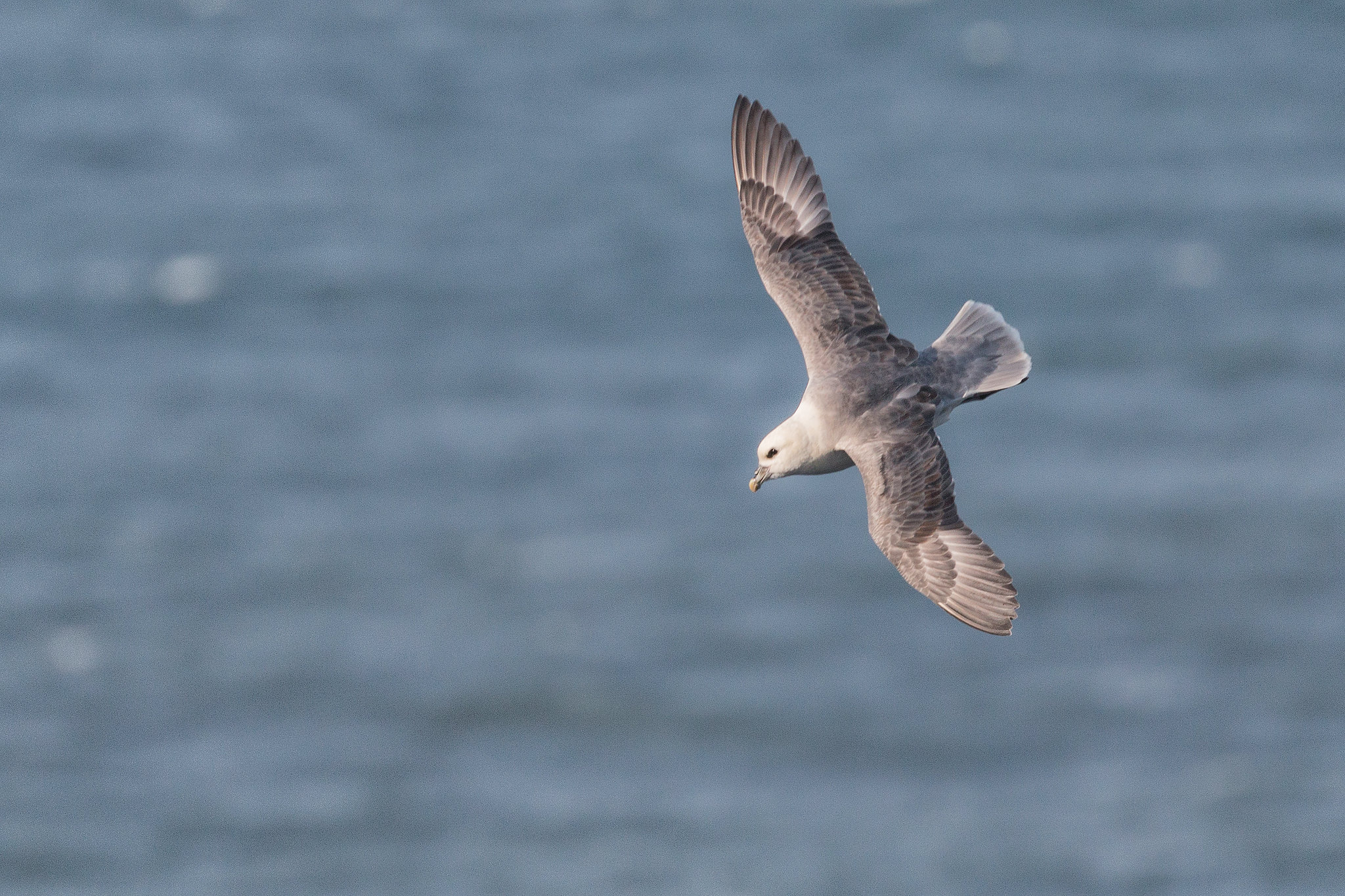Researchers are finding plastic in the poop of Arctic seabirds
The birds could be one way that microplastics are introduced to Arctic ecosystems.

Studies are underway to uncover the role Arctic seabird guano — or poop — plays in microplastic contamination.
Given the size of their colonies and the duration of their stay, what thick-billed murres and northern fulmars are bringing into the Arctic and leaving behind could be of consequence.
“I think what’s interesting with the birds is that there is such a large number of them that colonize and breed at these colonies,” said Madelaine Bourdages, a masters student at Carleton University, and one of several collaborators picking apart plastic pollution in the Arctic environment.
“There is the potential for that to really be concentrated in the environment.”
Bourdages collected information on microplastics in bird guano in Qaqulluit National Wildlife Area, near Qikiqtarjuaq. Specifically, she looked at microplastics found in the last 10 centimeters of birds’ intestines.
Using this, along with bird surveys, Bourdages said they were able to estimate the volume of microplastics seabirds could be contributing to the areas they colonize.
These results are not yet published.
“We did find potential microplastics in some of the bird intestines that were sampled, and although the counts of microplastics in the birds were low, we can hypothesize that microplastics are being deposited in the environment,” Bourdages said.
“That said, our preliminary calculations indicate that the amount of microplastics potentially being deposited to the environment is much lower than other sources of microplastics in the environment.”
One common source, though not specific to the Arctic, is effluent released into the environment through waste water, such as from laundry, said Bourdages.
Her work follows a study published in 2018 by Jennifer Provencher, wildlife health unit head with the Canadian Wildlife Service.
Provencher’s study compared what seabirds have in their stomachs to what they’re excreting. It concluded that microplastics could be transported through the birds’ guano, introducing it to Arctic marine environments.
A second part of this study looks at the possible halo effect of contamination around seabird colonies — that is, whether levels of microplastics are higher closer to the colony, explained Bonnie Hamilton, an ecotoxicologist and PhD candidate at the University of Toronto.
Bourdages and Hamilton spoke with Nunatsiaq News after presenting their studies at the annual ArcticNet science meeting in Halifax in December.
In general, plastic ingestion in seabirds has been studied in the Canadian Arctic since 2003, Hamilton said. Across the Arctic, these studies date back to the 1980s in Alaska.
“So, we’ve known for a good chunk of time that seabirds are eating plastic,” Hamilton said.
Provencher’s 2018 study states: “To date, most plastic ingestion studies have focused on assessing retained plastics or regurgitated plastics, but it is likely that animals also excrete plastic and other debris items.”
Looking to understand the halo effect of microplastic contamination, a team of researchers, working with the hunters and trappers organization in Qikiqtarjuaq, collected environmental samples from the Akpait National Wildlife Area, as well as Qaqulluit.
They captured samples of air, water, sediment and mussels below and right at the seabird colonies, and at varying distances from them to understand the halo effect.
Those samples are being analyzed for the amount and type of microplastic they contain.
They are still working on getting results from the water and sediment samples, said Hamilton. And a lack of mussels available at the sites, as well as people to gather them, meant they weren’t able to test the halo effect in mussels just yet.
Once all of the environmental samples have been analyzed, they’ll produce a figure on the overall concentration of microplastics in the area, Hamilton said. Until that data is in, this figure isn’t known.
Hamilton said early results on the air sample testing suggest there isn’t a significant relationship between microplastic contamination and proximity to the bird colony. But, she said, there are several factors to consider with air samples, such as the wind speed and direction, that could affect results.
“It’ll be interesting to see if that no-halo-effect holds true from the air for other areas as well,” said Hamilton. “There most certainly needs to be more done in understanding the fate and transport of microplastics in the Arctic.”